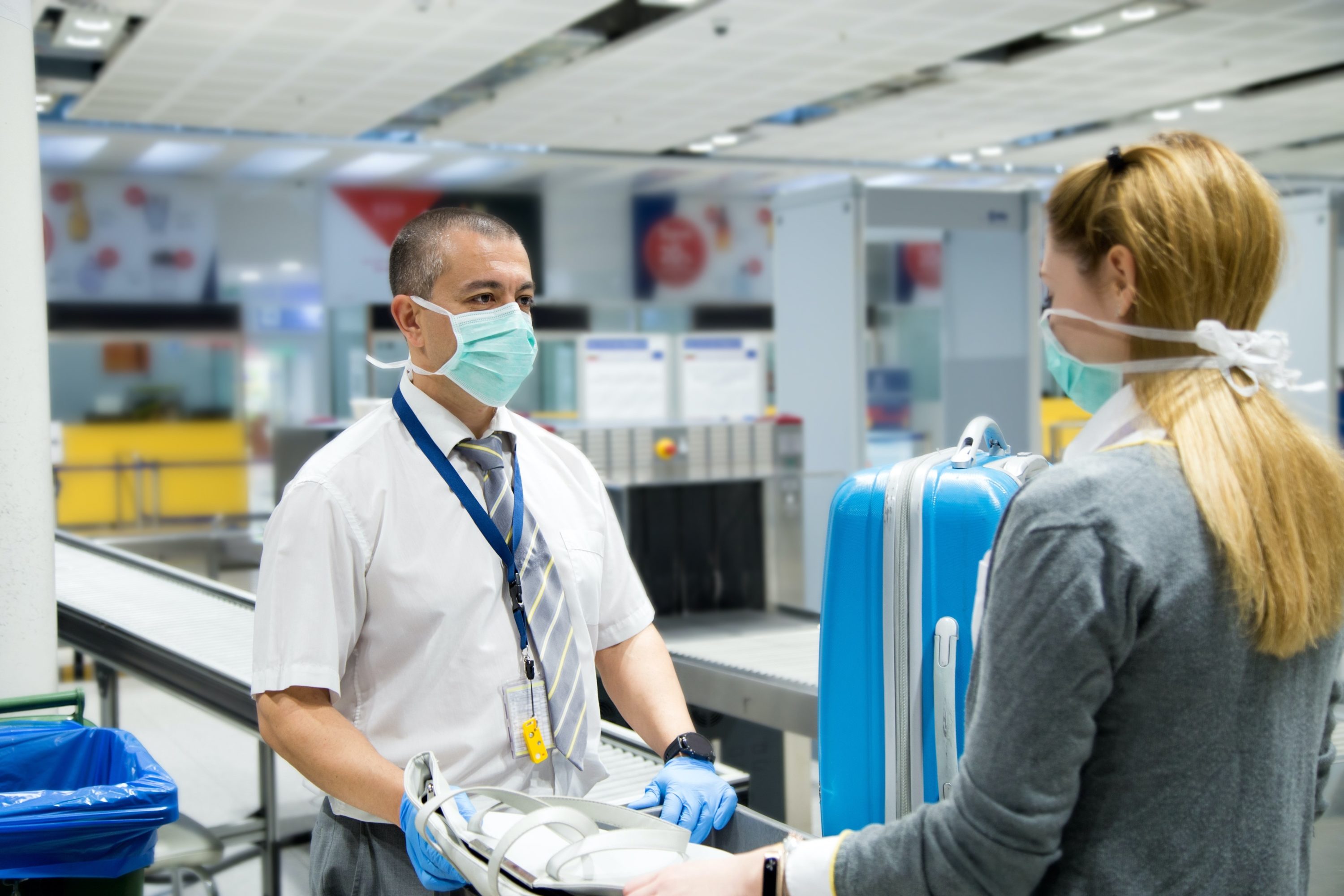Zoom fatigue is the latest phrase we’ve added to our vocabulary since the pandemic forced offices up and down the country to close. Whether you class yourself as an introvert, extrovert, or somewhere in between, the pandemic has forced us switch our cameras on and tune in to more video conference meetings than even. Even for those accustom to video conferencing pre-Covid, Zoom fatigue has become something people are increasingly aware and victims of.

With the world slowly opening back up and the loosening of lockdown restrictions on the horizon, we are starting to transition back to face to face meetings. And, although we are now starting to introduce a little more freedom back into our daily schedules, we still need to look at how we can tackle the lethargies of Zoom fatigue until we get over the final few hurdles to ‘freedom day’.
Firstly, let’s look at why online platforms make you feel this way
If you’re not used to being on video for meetings, you may be nervous about how you look or how your mannerisms may come across on someone else’s screen. Seeing yourself during video chats constantly in real-time can be fatiguing over long periods of time. While eye contact during in person meetings is important, this can be amplified when video conferencing with prolonged viewing of each other’s faces such a large feature of every video call. Many will agree that excessive amounts of close-up eye contact can become highly intense, very quickly.
It’s easy to have video conference meetings scheduled back-to-back. This can drastically affect our usual mobility, keeping us in from the same spot for extended periods of time. Were you in the office, there is plenty of opportunity for movement between meetings and usually a plethora of meeting spots to choose from.
Being the focal point of everyone else can amount to a tiring experience for those not used to it. Throw a few technical issues into the mix, such as the audio and video not matching up, and it can be an awkward experience for even the most confident of people. This doesn’t sound like something that comes under fatigue but the millisecond delay in verbal responses affect our interpersonal perception and it all negatively influences our feelings towards Zoom calls.
Other technical difficulties like poor internet and incompatible equipment can increase the time we spend in front of the camera, too. Meetings which can take 15 minutes in person can quickly turn into 45 minutes online. This can cause added stress throughout the day, as this lost time impacts on your other tasks and priorities.
How to beat it
Little things such as taking Zoom, or any other video conferencing platform your organisation may use, off full screen to minimize the size of people’s faces can alleviate some fatigue. This should reduce the cognitive load as your brain won’t have to work so hard to decode nonverbal communication as it will become harder to see hand gestures and subtle movements.
Another useful trick is to use the “hide self-view” feature, so you don’t have to look at your own face the entirety of the meeting. We think that it is polite to turn your camera on when others do, but by hiding your own camera view, it may relieve some of the worries or anxieties of seeing yourself on camera for prolonged periods of time.
A quick and easy way to reduce Zoom fatigue is to reduce the number of video meetings you have altogether, by working on your written communication skills. Sometimes it can be the easy option to suggest jumping on a Zoom call rather than spending a little bit extra time perfecting an email. But, by sending a clear and concise email, you could cut down on a couple of Zoom meetings a week.
Finally, forgoing cameras for a meeting could help reduce Zoom fatigue for everyone, but we suggest this is a group decision made by all prior to the meeting taking place.
To help you navigate the changes of business travel, we’ve created the brand-new Traveller Toolkit. This invaluable online resource is packed full of easy-to-use guides and checklists for every stage of every journey. We detail exactly what you need to know and do before, during and after your trip.
You’ll also find innovative and interactive virtual trips, which walk you through each step of being at the airport, on the train and in the hotel. You can even check the travel restrictions and health status of your destination with our comprehensive COVID-19 Country Tracker, updated five times daily to ensure you have the very latest information to help keep you and your travellers safe.
Travel is changing. With common sense and a good TMC behind you, travellers can have the confidence to once again take to the skies. It’ll soon be back business as (un)usual.
